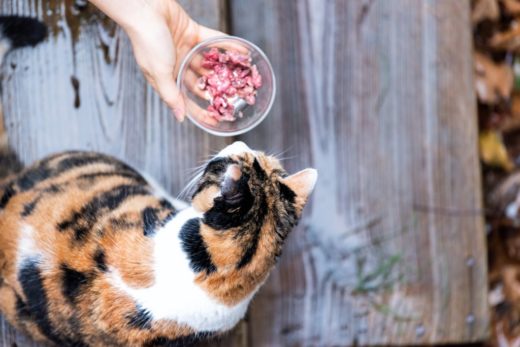Springtime means flowers blooming, sun shining, and also potential pet allergies! Due to the increase of pollen, spores, and grass blades in the air, the likelihood of your cats or dogs getting a seasonal allergy or coming into contact with a poisonous plant increases. According to ASPCA (American Society for the Prevention of Cruelty to Animals), plants like Adam-and-Eve, Elephant’s Ear, and Birds of Paradise are all toxic to household pets.
Some of these flowers and allergens cause severe discomfort that may be fatal to your pet or produce painful skin irritations. Fortunately, you can take many simple steps to reduce pet allergen exposure and keep your pet allergy-free this season. HICC PET™ offers 10 tips to ensure your pet stays allergy-free this spring!
How Springtime Allergies Affect Pets
Various environmental factors, such as pollen, dust mites, mold, and other allergens, can cause allergies in pets. These allergens can be especially prevalent during the spring season, leading to increased pet allergies. Symptoms of pet allergies can include sneezing, coughing, itchy skin, and watery eyes. If your pet is experiencing any of these symptoms, it is essential to consult a veterinarian to determine the cause and best course of treatment.
Common Springtime Allergies in Cats and Dogs?

There are a few common irritants to watch out for this spring. By identifying common springtime allergies and symptoms, you can avoid an allergic reaction in your pet. Common springtime pet allergens include:
- Pollen
- Grass,
- Dust mites
- Fleas
Symptoms of allergies in cats and dogs can include:
Do Pet Allergies Get Worse in Spring?
Yes, allergies in pets can get worse in the spring due to increased pollen levels and other environmental allergens. Allergies can cause various symptoms in pets that may get worse over time. Rashes break out in a localized area or several areas around the body. Coughing and sneezing may indicate ingesting an allergen like grass or pollen.
Specific allergies produce dry skin in pets, causing itching and open wounds. Luckily, many natural pet products fight and prevent allergies in pets. If the infection looks severe or worse with time, consult a veterinarian to determine the best treatment for your pet’s allergies.
How to Get Rid of Pet Allergens in Your Home
You can take several steps to help reduce allergies in your pets at home.
- Keep your pet’s living area clean and free of dust and dander.
- Vacuum and mop regularly, and use an air purifier to help reduce allergens.
- Bathe your pet regularly to help reduce the number of allergens on their fur.
- Use pet-safe cleaning products to reduce allergens in your home.
- Consider using an allergen-reducing shampoo or supplement for your pet.
Grooming Tips to Reduce Pet Allergens
Regular pet grooming is essential to reduce the levels of pet allergens in your home. Consider taking your pet to the groomer to have them shaved down, washed, or lightly trimmed. Pet owners may also use pet shampoo and conditioner to help reduce the amount of pet dander released into the air. Regularly brushing your pet’s hair removes any excess fur or dander built up on your pet.





